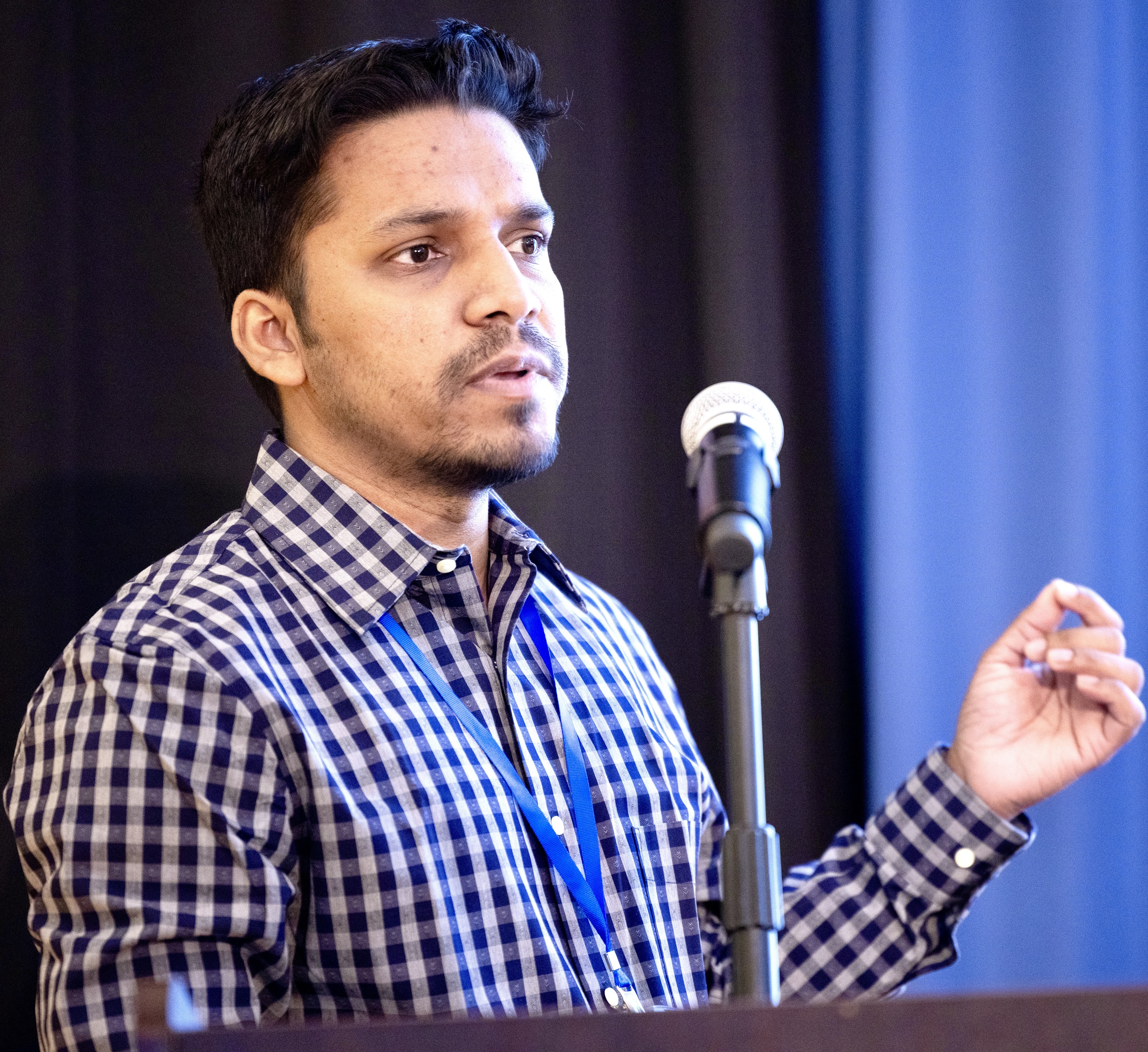
Emam Hossain
Ph.D. Student
Causal Artificial Intelligence Lab (CAIL)
University of Maryland Baltimore County
-
ITE 461, UMBC emamh1@umbc.edu Linkedin Google Scholar ORCID ResearchGate
Projects
Current Projects
The iHARP project combines data science and polar research to advance physics-informed, data-driven discoveries, focusing on understanding the response of polar regions to climate change and its global implications. This interdisciplinary initiative unites experts from Earth science, geology, environmental science, oceanography, computer science, machine learning, and data science.
As part of this initiative, I have contributed to predictive modeling using machine learning and deep learning techniques. My work includes the development of time series classification models to analyze the evolution of supraglacial lakes over the Greenland Ice Sheet, offering insights into their dynamics and potential impact on sea-level rise.
In addition to predictive modeling, I am leveraging causal inference techniques to identify and understand the causal relationships among key climate variables, such as temperature, precipitation, and sea ice extent. By incorporating Causal Representation Learning (CRL) into traditional machine learning models, my research aims to uncover the causal structure of the system, enabling better predictions and a deeper understanding of the processes driving polar changes. This knowledge contributes to identifying factors with direct causal effects on sea ice melting and global sea level changes.
Previous Project
High-performance, scalable computing system designers have consistently used caching, but since it has been implemented in so many different ways, it may be challenging to standardize and scale in cloud systems. This project develops generalized Caching-as-a-Service (CaaS), elevating the usage of caching in cloud-scale storage systems. A wide range of applications that function in both private and public clouds are supported by the CaaS project. The CaaS project uses use cases from the Cloud, Big Data, and Deep Learning computing paradigms to demonstrate these advances.
Specifically, I worked on identifying different cache workload types (LRU-friendly, LFU-friendly, Scan, and Churn) directly from the trace request sequence. I used FIU’s home trace data from SNIA and developed several machine learning techniques that can successfully identify the abovementioned workload types.